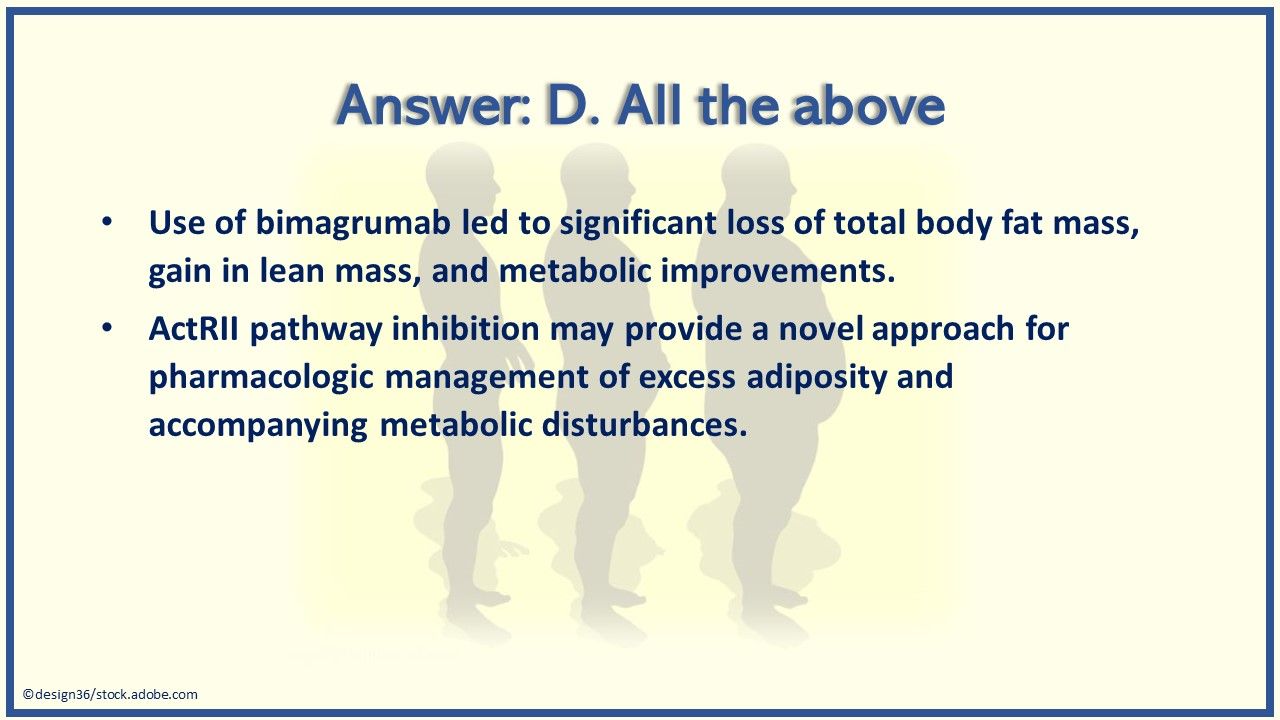
September 5, 2024
Tesofensine, A Novel Antiobesity Medicine, Silences Gabaergic Hypothalamic Nerve Cells Plos One
Tesofensine Peptide In Midlothian, Va GIP blocks the emetic results of GLP1R agonism in musk shrews190 and near-normalization of blood Get more information glucose has been reported to bring back the insulinotropic result of GIP in individuals with T2D191. Additionally, GIP agonism improves adipocyte storage space ability to protect from adipocyte lipid spill over and ectopic lipid deposition192. Nonetheless, as reviewed in the preceding subsection, the use of GIPR agonists for the treatment of obesity and T2D is questionable. In 2014, liraglutide 3 mg ended up being the initial GLP1-based AOM to be presented to the US market for treatment of obesity in adults, and in 2020 was authorized for weight administration in adolescents aged 12 years and older with obesity (see Relevant links).The Future Of Safe, Efficient Weight Reduction At Dynamic Wellness
Why was tesofensine ceased?
Tesofensine was originally checked out for the treatment of Alzheimer''s disease and Parkinson''s disease, and was subsequently dropped from growth for these applications after early test results showed restricted efficacy for treatment of these illness.
The Anorexigenic Results Of Tesofensine Are Intensified By The Chemogenetic Restraint Of Lh Gabaergic Nerve Cells
As noted, our formula in control rats mistakenly misclassified grooming habits as stereotypy in control rats. However, no head weaving stereotypy was spotted under tesofensine 2 mg/kg, suggesting, at the very least indirectly, a decline in the possibility of grooming actions. Nevertheless, in rare circumstances, we observed that rats in a quiet-awake state would certainly additionally implement jaw and tongue movements, albeit at a lower intensity (see S8 Video clip). Having shown the neuronal correlates of tesofensine in the LH in rats and mice, we contrasted tesofensine hunger suppressant results with other hunger suppressants, specifically phentermine and 5-HTP. Ephedra has been used in Chinese medicine for over 2,000 years and has 4isomers, one of the most powerful of which is ephedrine.- Mix treatments utilizing phentermine should think about that a management of phentermine is advised for a temporary duration just.
- Arising treatments under examination for the treatment of hyperphagia and obesity in Prader-Willi syndrome consist of pharmacologic (medicine names received italics), nonpharmacologic, and surgical approaches to target details mechanistic facets of the disorder.
- Maldevelopment of, or damages to, the vital hypothalamic nuclei interferes with the collaborated balance between energy consumption and expenditure leading, to quick and too much weight gain.
- Orlistat prevents gastrointestinal and pancreatic lipase and therefore the weight-loss and desirable metabolic impacts are mostly attained by 30% reduction in dietary fat absorption.
- It has a longer half-life than tesofensine, i.e. around 16 days (374 h) in humans, and has a direct exposure of 31-- 34% of the moms and dad compound at consistent state.
3 Methionine Aminopeptidase Preventions (metap
Considered that sleep is considered to be a duration of energy preservation, hypersomnia in patients with hypothalamic damage can lead to a reduction in energy expense (58 ). Concomitantly, although rest interruption results in a rise in energy expenditure, power consumption exceeds this increase leading to a net weight gain (59 ). This is component is due to hunger dysregulation secondary to an increase in ghrelin and reduction in leptin (60 ), bad diet plan high quality, disturbance in the timing of consuming, and an adjustment in consuming practices that advertises consumption of higher calorific foods and psychological consuming (61 ). There are 2 randomized, placebo-controlled, double-blind clinical tests for subcutaneous shot of SAR [72] As a result, SAR lowered fasting blood glucose and glycated hemoglobin in T2DM individuals, and lowered weight by as much as 5.32 kg in healthy and balanced volunteers and 5.46 kg in T2DM clients. No medical researches have actually yet been done to verify the lasting fat burning impact of SAR425899. Furthermore, boosting prices of youth weight problems are likely to aggravate the pattern in the direction of raising weight problems in adulthood. The procedure of the first Stage III trial was authorized by the US Fda in the first half of 2010. Tesofensine has a lengthy half-life of concerning 9 days (220 h) [4] "and is mostly metabolized by cytochrome P4503A4 (CYP3A4) to its desalkyl metabolite M1" NS2360. [10] [11] NS2360 is the only metabolite observable in human plasma. It has a much longer half-life than tesofensine, i.e. roughly 16 days (374 h) in people, and has a direct exposure of 31-- 34% of the parent compound at stable state. In vivo information indicate that NS2360 is responsible for about 6% of the activity of tesofensine. 

Social Links